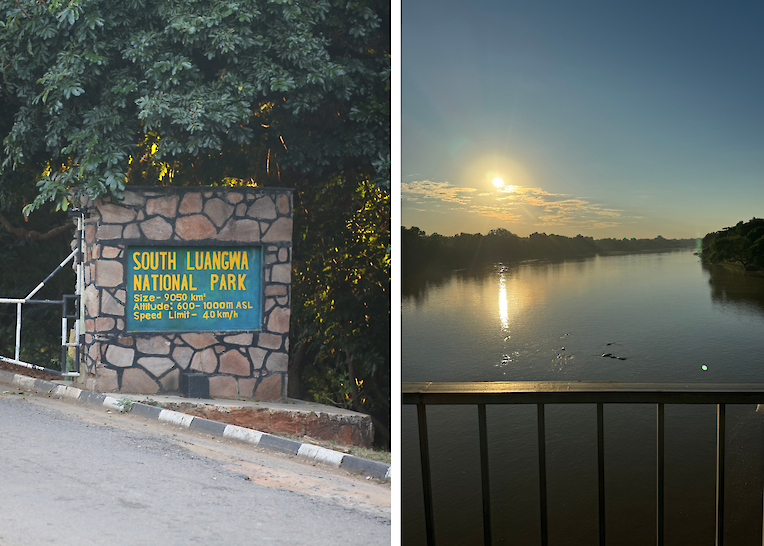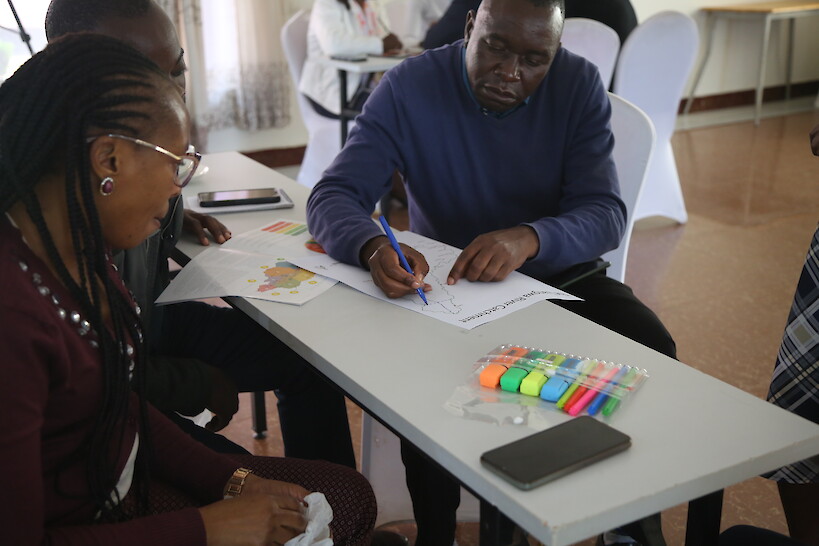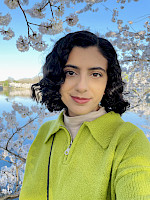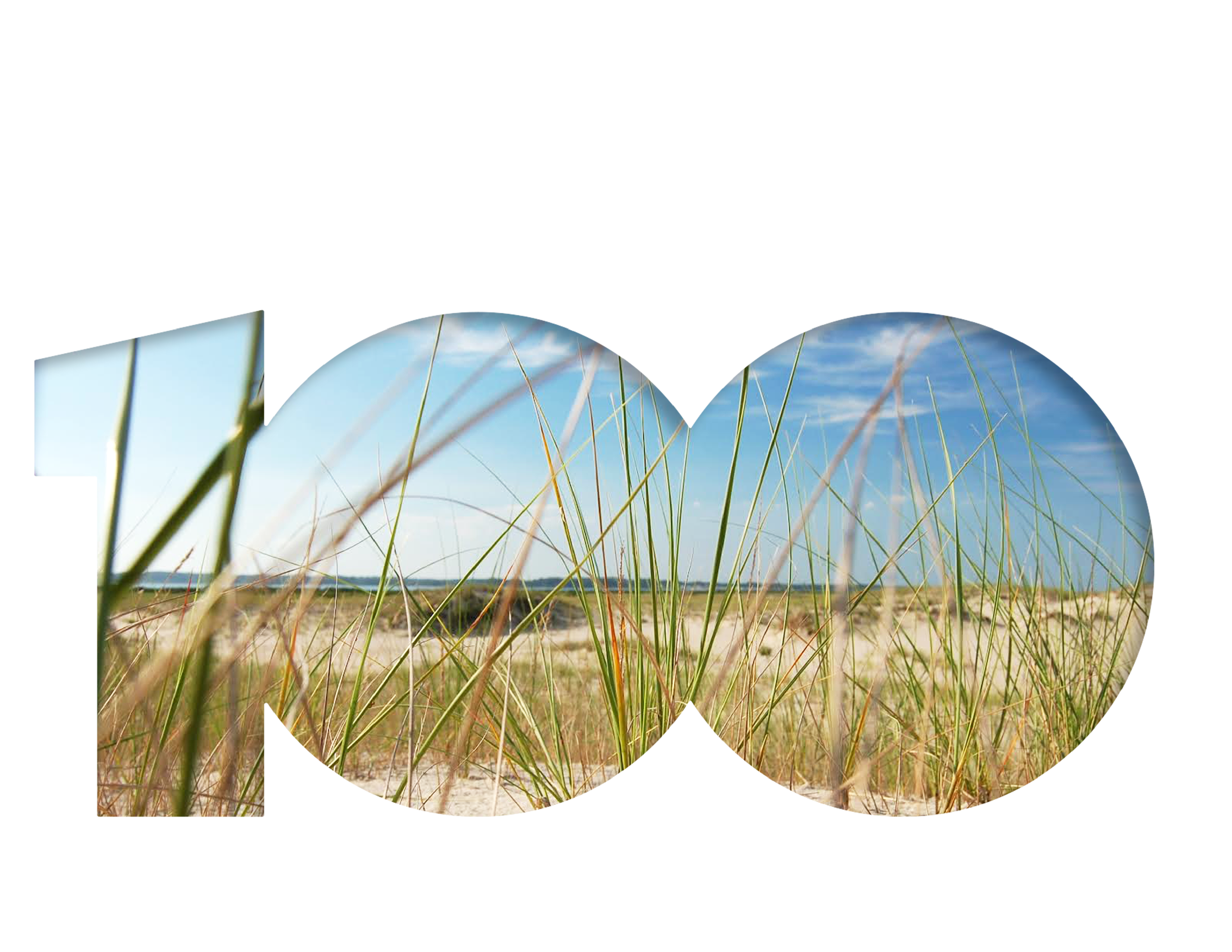My experiences along the Luangwa River
Lili Badri ·It was around 6 am on a cool May morning as we waited outside for our driver. We were a mere few feet away from a young male lion the previous night and still in disbelief. I was so eager to see more creatures in their natural habitats, going about their daily routines. When our driver arrived, we loaded into the vehicle and made the bumpy ride towards South Luangwa National Park to admire Zambia’s wildlife and marvelous landscapes.
Upon entrance into the park, we drove across a bridge overlooking the Luangwa River. Located in eastern Zambia, the Luangwa River runs through North Luangwa National Park and South Luangwa National Park. This time of year marks the start of the dry season when the river’s water level drops to its lowest point during the year. During our visit, we discovered that the wet season had received very little rainfall, resulting in the river being exceptionally low this year and indicative of a drought. There was evidence of this as we could see the bare river banks and shallow waters, features that may appear towards the end of the dry season.

Left: The entrance sign to South Luangwa National Park. Right: The Luangwa River runs through two national parks in Zambia and provides sustenance and critical habitat for the people and animals that inhabit its basin.
During our time in the park, we encountered many iconic species including lions, leopards, giraffes, elephants, buffalos, zebras, impalas, warthogs, and hippos. The Luangwa River is home to the largest population of hippos in the world, who depend on the river for their survival. We also saw dozens of bird species and gained an overall deeper understanding of the importance of the Luangwa River to all of the life that inhabits the basin. Additionally, we learned about the impacts of poaching and how humans and wildlife interact, referred to as human-wildlife conflict.

These experiences in the park were vital to my understanding of the Luangwa River Basin and aligned with the purpose of our trip to Zambia, which was to collaborate with the Worldwide Fund for Nature (WWF Zambia) to 1) train their team and partners on how to effectively create a socio-environmental report card, and 2) engage with stakeholders in the basin to help develop a Luangwa River Basin Health report card. We held stakeholder workshops in Katete and Mpika, with about 60 participants in total. Attendees had the opportunity to discuss their values about the Luangwa River basin and the many issues that the basin faces.
Our conversations were enriched by my experiences traveling through the basin and the national park, which allowed me to better relate to the stakeholders. Furthermore, tourism, wildlife protection, and water resources were identified as the strongest values, while the strongest threats were related to poaching, deforestation, and water pollution. It is interesting to see the linkages between these values and threats, with wildlife being at the forefront. Without adequate protection of wildlife from poaching and habitat loss from deforestation and water pollution, the tourism industry would likely suffer. Such complex problems require a nuanced approach inclusive of multiple perspectives.

These workshops were just the first step in understanding the socio-environmental health status of the Luangwa River and its basin. We look forward to helping WWF Zambia in their assessment of key indicators identified from the workshops to help build a comprehensive report card. Stay tuned for an upcoming newsletter summarizing the findings from both workshops.
About the author
Lili Badri

Lili is a Senior Science Communicator at the University of Maryland Center for Environmental Science’s Integration and Application Network (IAN). Her work at IAN focuses on the synthesis and dissemination of scientific information through data analysis, visualization, and stakeholder engagement. She collaborates within and across disciplines to develop accessible communication products that support evidence-based decision-making. Her professional interests include enhancing science communication practices and understanding community perspectives to support sustainable and informed environmental solutions. She earned a Master's degree in Environmental Science at SUNY ESF and a Bachelor's degree in Chemistry at the University of South Alabama. Her previous research focused broadly on lab and field analysis of dissolved organic matter characterization and dynamics. Her personal interests include gardening, reading, and cooking.

